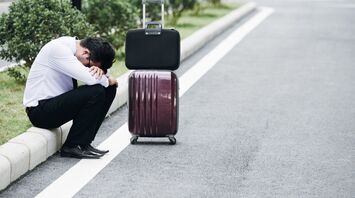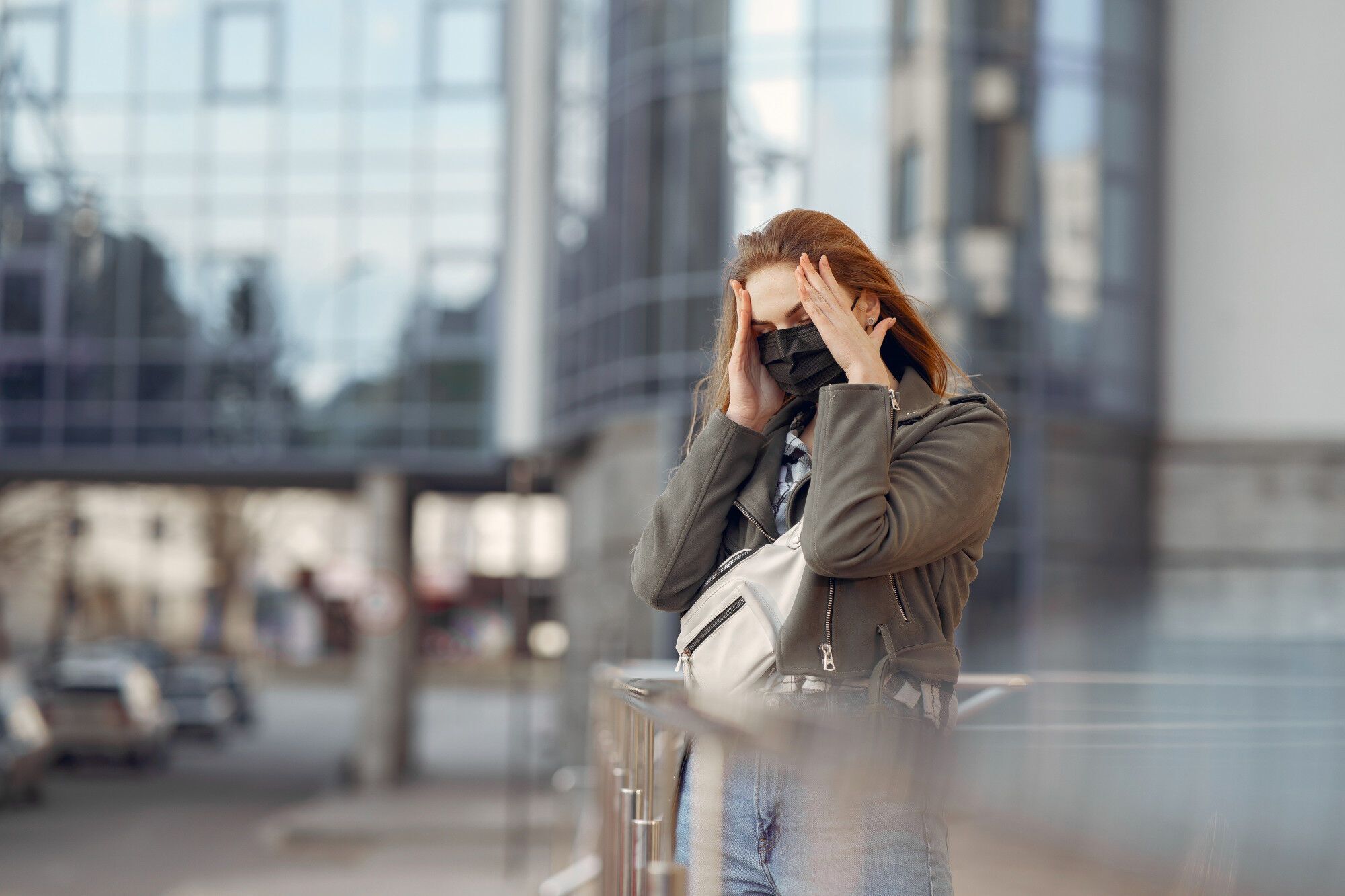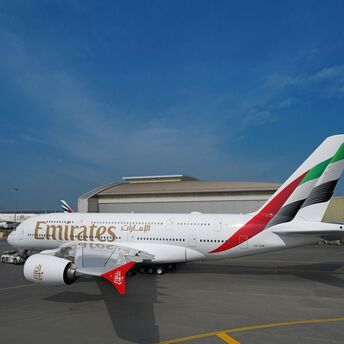Stress-free flight: tips to overcome anxiety on the plane

Fear of flying is a common experience for many people. It can manifest in those taking their first airplane trip and even in frequent flyers. There can be various reasons for this fear, ranging from concerns about the safety of personal belongings to the more obvious fear of a potential disaster.
Are you afraid of confined spaces and worried about safety during flights? The Huffington Post has compiled tips from experts to help you overcome anxiety and make your hours on an airplane more manageable.
Susan Zinn, a psychotherapist and author of The Insight Project, notes that due to the impact of the pandemic, "there has been a surge in airplane phobias, fear of flying, feelings of loss of control, road rage, or aviation rage."
"People are suddenly confronted with emotions that transport them back to a time in our recent past when they felt out of control," Susan Zinn adds.

6 techniques for coping with flight stress
Exposure therapy
Prior to boarding an airplane, it's advisable to engage in some preparation. This may include talking to the crew, taking a course, reading books, visiting the airport, and practicing to condition your mind to overcome the fear of flying. Additionally, in certain cases, medication may be necessary, so consulting with a doctor is recommended.
Strategic planning
Selecting a seat is an equally important aspect of flight preparation. Opt for a comfortable seat that provides a sense of security during the journey. One such option is a seat on the outside of the aisle, offering quick and easy access to the exit. Furthermore, the first-class section of an airplane provides more space, often perceived as safer by many passengers.
Deep breathing
Master proper deep breathing techniques. This skill will assist you in calming down and overcoming anxiety before the onset of a panic attack.

Sour candies
Sweets with an unusual and strong flavor can help distract you, focusing on the taste rather than your fear.
Learn about turbulence
According to retired pilot Adam Banks, "Turbulence is simply a change in the wind. If you fly into a fluffy cloud, the airplane will shake. Airplanes are designed to handle these disturbances. If you are seated above the wing, you can observe the wings flexing to absorb the turbulence. Although it may feel like the airplane is moving thousands of feet during turbulence, in reality, it is likely only shifting a few feet."
Just the facts
Every year, the risk of dying in an airplane crash is only 1 in 11 million. Therefore, the likelihood of perishing in real life is much higher from sunstroke, a bee sting, ingesting a hot substance, or even a dog attack.



















